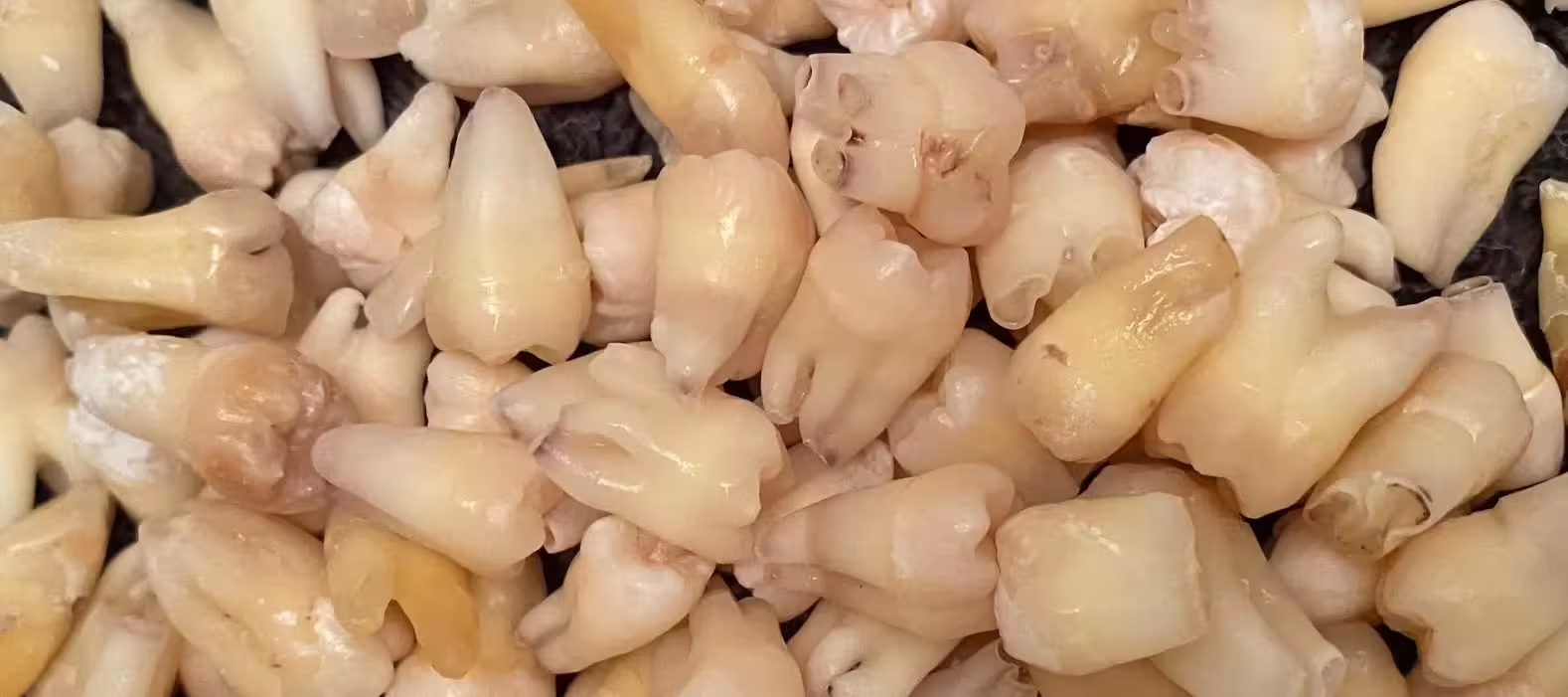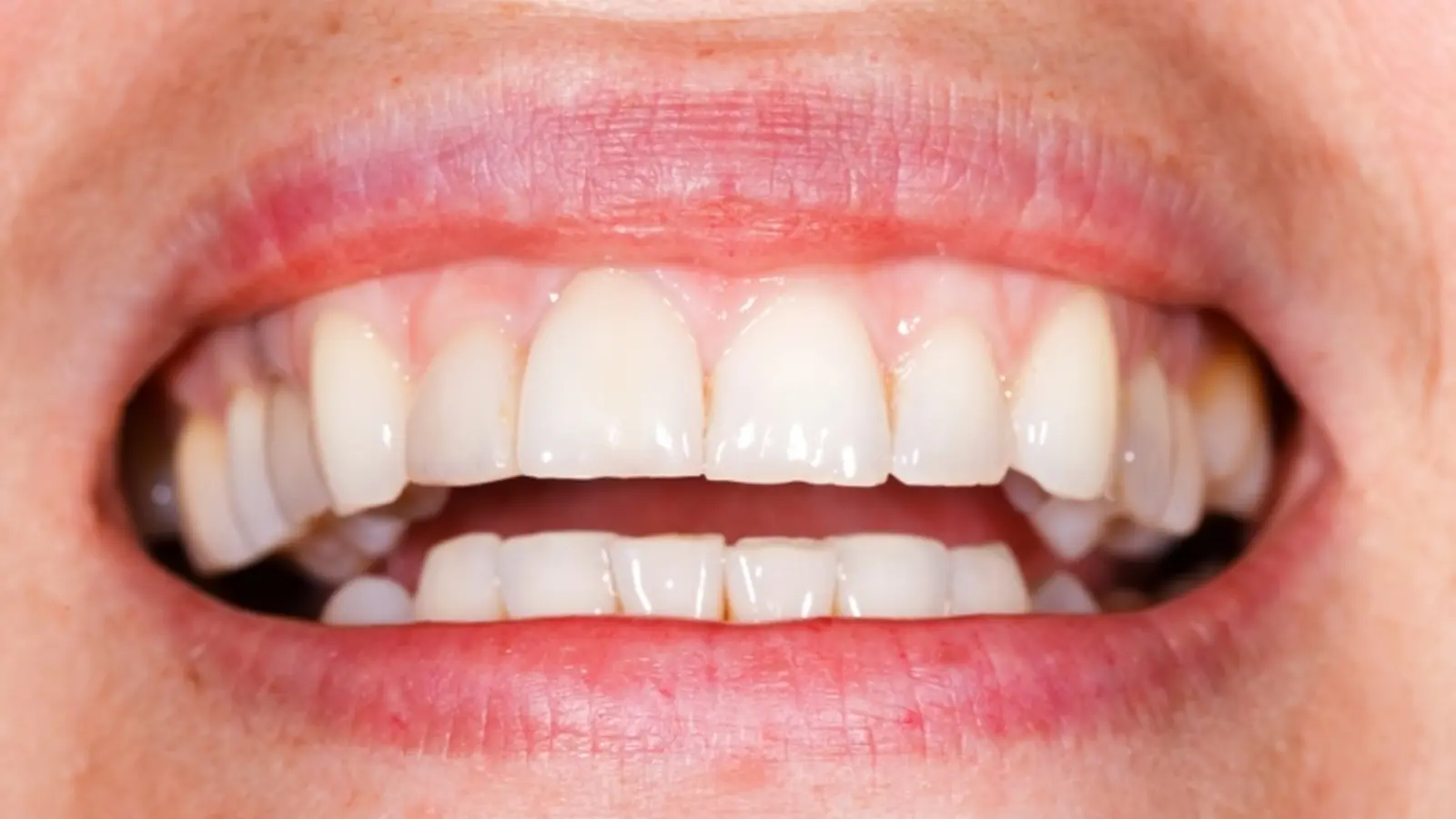5 Minutes
Every year millions of teeth are removed and discarded worldwide. Hidden inside the soft pulp of these discarded teeth, however, researchers have found a promising source of stem cells that can be coaxed into neuron-like cells — a potential new tool in treating neurodegenerative diseases such as Alzheimer's, Huntington's disease, and epilepsy.
How tooth pulp becomes a source of neurons
Scientists at the University of the Basque Country in Spain recently demonstrated that stem cells taken from dental pulp can be converted into electrically active, neuron-like cells without genetic modification. Unlike most adult neurons, which cannot divide and therefore cannot be replaced once lost, these dental-derived stem cells show the capacity to differentiate into cells resembling inhibitory neurons — a critical subtype that helps calm overactive brain circuits.
From culture dish to electrical activity
According to José Ramón Pineda, one of the study's authors, 'If transplanted cells are to replace lost neurons in a damaged neural circuit, they must be able to generate electrical impulses.' In the Spanish experiments, researchers simply cultured dental pulp stem cells and exposed them to a sequence of biochemical cues. Over time the cells acquired electrophysiological properties typical of neurons: they generated membrane potentials and displayed ion-channel activity without any genetic engineering.

Importantly, the cells produced the inhibitory neurotransmitter GABA. GABAergic neurons are essential for balancing excitation and inhibition in the brain; their loss in specific brain regions contributes to diseases such as Huntington's disease and some forms of epilepsy, where circuits become hyperexcitable.
Animal tests link dental stem cells to cognitive improvement
Separate work by Chinese researchers offers encouraging preclinical results. In mouse models of Alzheimer's disease, a single injection of dental pulp stem cells produced measurable benefits. Short-term improvements were seen within five weeks, and surprisingly, some benefits persisted for up to six months. The injected cells migrated into the hippocampus, a brain area central to learning and memory, where many differentiated into new neuron-like cells.
These findings are not a cure, but they suggest that dental stem cells can survive, integrate, and potentially slow the progression of pathological changes in neurodegenerative disease models. That raises important questions about timing, dosing, and long-term safety that must be addressed before human trials.
Why discarded teeth are a practical stem cell source
Wisdom teeth and other extracted teeth — frequently removed during adolescence and early adulthood — represent a largely untapped and ethically uncomplicated cell source. Compared with bone marrow harvests, dental pulp extraction is minimally invasive and painless. Cells from younger donors also typically have higher proliferative capacity and fewer accumulated DNA errors than cells from older donors.
Crucially, using tissue that would otherwise be discarded avoids the ethical controversies surrounding embryonic stem cells. Dental pulp stem cells combine accessibility, youthful biology, and reduced ethical friction — a compelling package for translational research in regenerative neurology.
Potential applications and next steps
Researchers envision several possible clinical pathways: autologous therapies using a patient's own extracted teeth, banked allogeneic cells from young donors, or off-the-shelf preparations after rigorous safety testing. Immediate priorities include demonstrating consistent integration of dental-derived neurons into adult human circuits, ensuring they form appropriate synapses, and ruling out risks such as aberrant growth or immune rejection.
Other technologies will likely be combined with this approach. For example, biomaterial scaffolds can help transplanted cells survive and orient correctly, while gene-expression profiling and electrophysiological assays will help confirm functional maturity before clinical use.
Expert Insight
Dr. Elena Navarro, a fictional neuroscientist and science communicator, comments: 'The elegance of using discarded teeth lies in its simplicity: a readily available, low-risk stem cell source that sidesteps major ethical concerns. The challenge now is translating promising rodent results into reliable, safe protocols for humans. If that succeeds, dental stem cells could become an important tool in the regenerative medicine toolbox.'
As research progresses, dental pulp stem cells may shift from a laboratory curiosity to a practical avenue for repairing neural circuits. For now, the results reinforce a broader lesson: sometimes the most valuable biomedical resources are hiding in plain sight.


Leave a Comment